When you're shopping for a processor, you often come across terms like core count, thread count, TDP, and process technology. These may seem like separate concepts, but they are deeply connected and play a crucial role in determining the performance of a CPU. Today, we'll break down how these elements interact and why they matter.

TDP – Thermal Design Power
TDP stands for "Thermal Design Power." In simple terms, it refers to the maximum amount of heat that a processor can generate under full load. It's not the same as actual power consumption, but rather a guide for system designers—like motherboard manufacturers, cooling solutions providers, and case makers—to ensure proper thermal management. A higher TDP usually means more heat, which requires better cooling. For example, a CPU with a 65W TDP will need a more robust cooler than one with a 15W TDP.
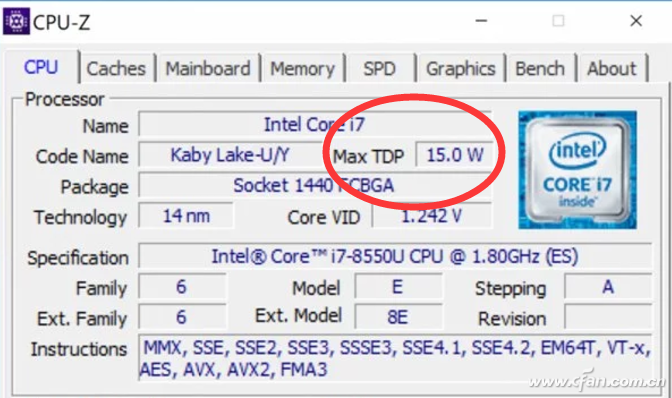
Process Technology
Process technology refers to the size of the transistors used in manufacturing a CPU. The smaller the process (e.g., 14nm, 10nm, 7nm), the more transistors can be packed into the same space, leading to better performance and lower power consumption. This is why newer CPUs often offer improved efficiency and speed compared to older generations, even at similar clock speeds. Process advancements also allow for more cores and larger caches without significantly increasing power usage.
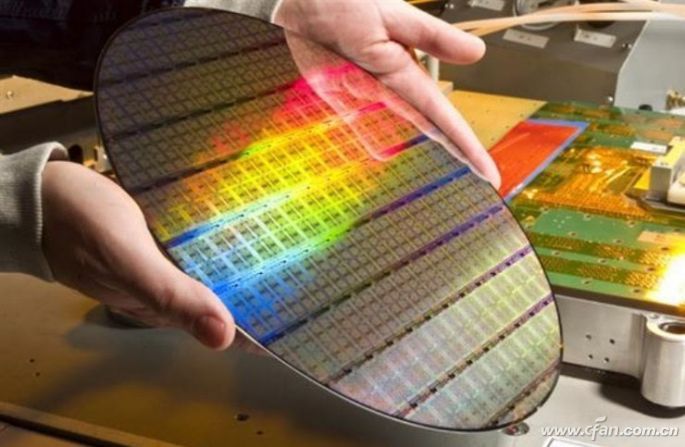
Cores and Threads
The core is the brain of the CPU, responsible for executing instructions and handling data. More cores mean the CPU can handle multiple tasks simultaneously, improving performance in multi-threaded applications. Threads, on the other hand, allow each core to handle more than one task at once, further boosting efficiency. For instance, a 4-core, 8-thread CPU can manage twice as many tasks as a 4-core, 4-thread CPU.
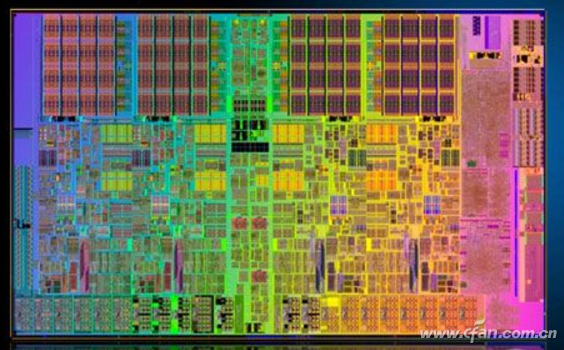
To better understand how these factors work together, let’s compare two Intel processors: the 7th Gen Core i7-7500U and the 8th Gen Core i7-8650U. The 8650U has double the cores (4) and threads (8) compared to the 7500U. However, its base clock speed is slightly lower. Why? Because more cores mean higher power consumption, so the frequency is adjusted to keep the TDP within acceptable limits.
Despite the lower base clock, the 8650U offers better overall performance due to the increased number of cores and improved architecture. Plus, its boost clock reaches up to 4.2GHz, which helps maintain strong single-core performance. This balance between core count, clock speed, and TDP is what makes modern processors so powerful and efficient.
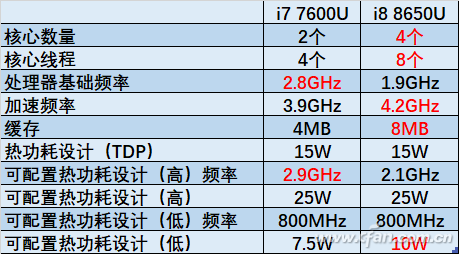
The key to achieving this balance lies in process technology. By using advanced manufacturing techniques, such as Intel’s 14nm++ or 10nm, more transistors can be placed in a smaller area, allowing for more cores, better performance, and lower power consumption. Even though Intel still uses 14nm in some cases, their process improvements have made it highly competitive with 10nm from other manufacturers.
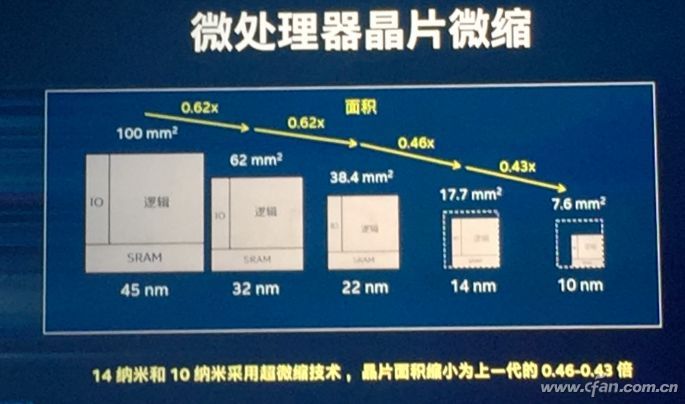
In short, TDP, process technology, and core/thread count are all interconnected. They determine how fast, efficient, and capable a processor is. Whether you’re building a gaming PC, a laptop, or a workstation, understanding these elements helps you make smarter choices when selecting hardware.
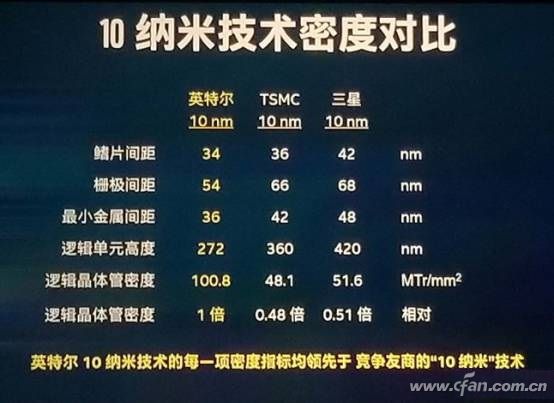

High Frequency Ferrite Transformer,Electric Transformer,Core Type Transformer,Frequency Transformer,coilcraft transformer,electrical transformer
IHUA INDUSTRIES CO.,LTD. , https://www.ihuagroup.com